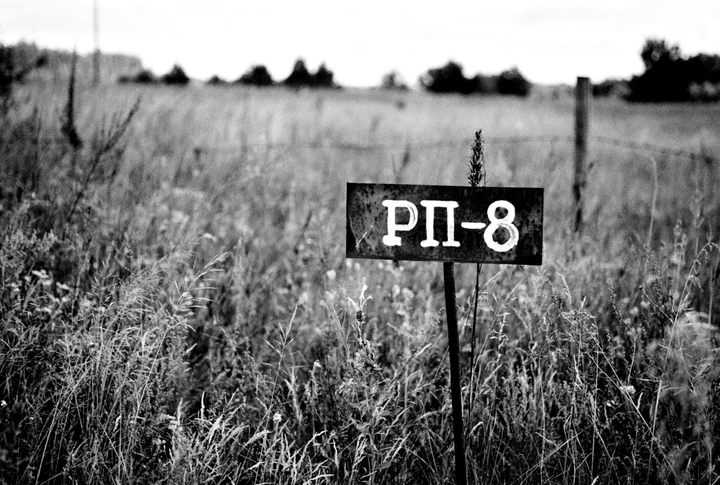
The Photographer Who X-Rayed Chernobyl
How to make the invisible visible.
While living in Berlin in 2007, Brazilian artist Alice Miceli took long train rides—18 hours or more—to Belarus, then another leg, by car or train, to Chernobyl. She made this journey more than 20 times. With permission to be in Chernobyl’s Exclusion Zone before tours were available, she photographed the site using a regular camera, but also documented the area—and the legacy of the 1986 nuclear disaster there—in a different, more extraordinary way. Miceli placed radiographic film plates used for chest X-rays—specifically sensitive to radiation—wrapped in layers of industrial plastic on the ground, on windows, on trees. She wanted to make visual records of something invisible to the naked eye, namely the area’s radioactive contamination, particularly the isotope cesium 137. “It is interesting that radiation has shape,” she says. “It has physicality. It operates at a specific frequency that can be recorded, if only we could place ourselves in a position to see it. It became clear to me that, in this case, it would be necessary to create my own tools to make this happen.”
Miceli created a special pinhole camera and did meticulous tests at the Institute of Radiological Sciences in Rio de Janeiro, but she still didn’t entirely know what to expect when she got into the field. “In terms of the radiographic techniques that I had been developing, I didn’t have any idea about what kind of images I might be able to record once actually outside the lab and in Chernobyl, encountering not a controlled model but the full-scale radiation,” she says.

The resulting images, which are currently on exhibit at Americas Society/Council of the Americas in New York, are unexpected and don’t follow any predictable patterns. Some glow with ghostly lines and swirls, but many of them are mottled darkness (with the dark areas indicating radiation). The visual effect is striking, but its emotional impact is greater. “Chernobyl as it is exists in our planet today concerns all of us,” she says.
The artist has continued to be fascinated with natural and social landscapes that, like Chernobyl’s, have been impacted by trauma. Her other work has explored Security Prison 21 in Cambodia and minefields in post-conflict countries.
Miceli discussed with Atlas Obscura her inspiration and the experiments she conducted for the Chernobyl Project. The exhibition is on view through January 25, 2020.
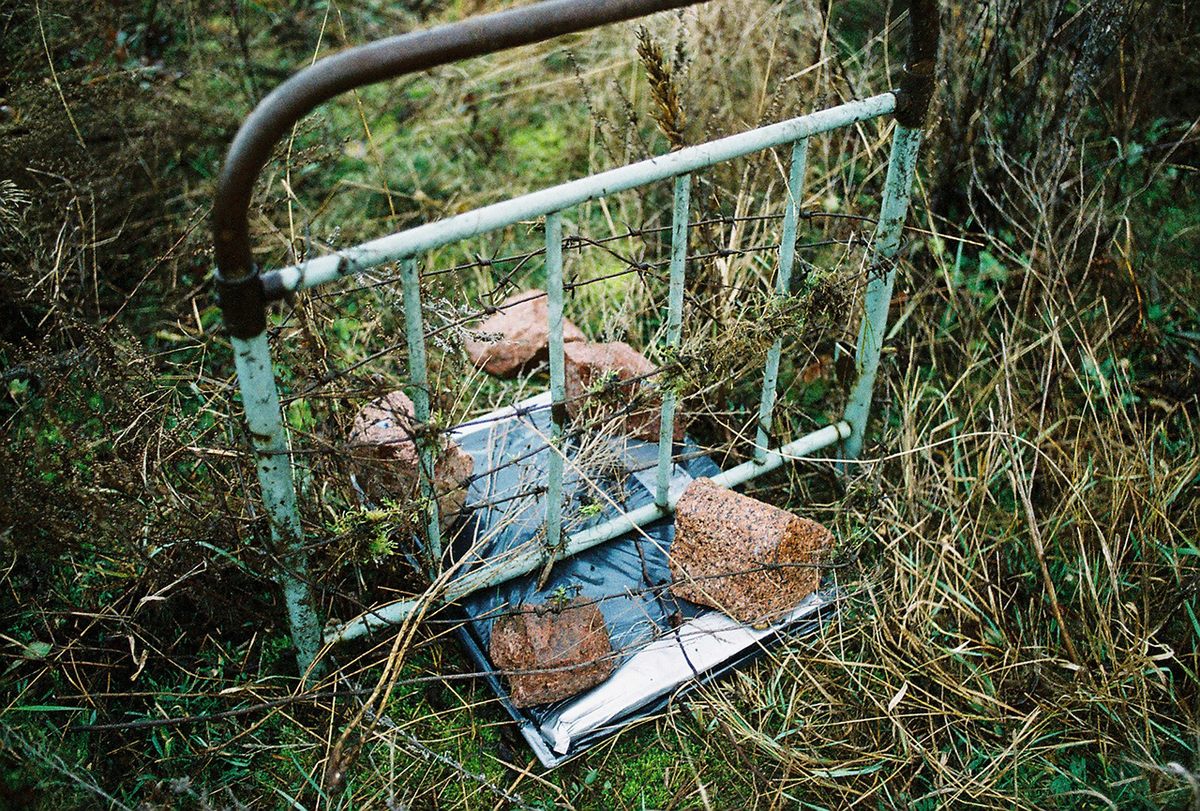
What inspired you to go to Chernobyl and attempt to document its radioactivity?
I read a story in a magazine in which a scientist mentions how quiet it is in the Exclusion Zone in Chernobyl, and I realized that the zone could be a powerful place to explore the idea of silence. I looked at hundreds of photojournalistic images of the site and I realized they were all incomplete somehow; they were just photographs of ruins. They are deceitful in the way they leave out the central narrative of the story. They just show a place in decay, but it could be any place in decay. The photographs say nothing about the fact that the landscape has been changed forever at the atomic level. This interested me as a challenge and a question—the conceptual challenge of using the medium of photography to capture what cannot be seen.
What was your first impression of Chernobyl?
When I first went to Belarus, I was already working on the technology for almost a year, but I had never actually been in Chernobyl [in Ukraine]. Being there made me witness the humanitarian crisis that the situation has caused in Belarus over the years. Right after having returned to Rio, where I was then based, I asked myself: How has this first trip altered the project? The central issue is the (in)visibility of radiation. Physical visibility, considering that my images capture the invisible, but also sociopolitical visibility, considering that even though the reactor is across the border, in Ukraine, contamination is at higher levels in Belarus, a country that is even less socially visible than its neighbor.
How did you decide where to place the radiographic plates?
Once I got there, I began looking for the most contaminated spots, because the emission was strongest and the image was most likely to be exposed more quickly, more clearly. I always carry a light meter when I take photographs, so it felt normal this time around to carry a dosimeter, which measures the level of radiation embedded in organic matter. I spent a lot of time walking around the zone and mapping out areas with signals strong enough to make an exposure, but not so strong that it would be dangerous for me to be there.

Can you describe how your radiographs were made?
Two technologies were developed. First, there is a pinhole camera, adjusted to capture images only from invisible gamma rays, on to radiographic film. We built a steel box with a lead cover, to attenuate radiation and protect the film. The actual camera went inside the box, and was a much thicker lead cube with a conical, minuscule pinhole. This technique worked well in the extremely controlled and miniature setting of a lab, but not so much in full-scale contaminated nature, as in the Chernobyl Exclusion Zone.
The second technique, the one we experimented with in Chernobyl, was the development of autoradiographs that use all sorts of different contaminated matter within the Exclusion Zone as their source. An autoradiograph, or autoradiogram, is an image imprinted on to radiographic film produced by the gamma rays from radioactive matter. The film is placed next to or in direct contact with contaminated matter, thus producing life-size images of the invisible contamination. That’s what we see in the show.
What was the most challenging aspect of your project?
It turned out that each good image needed to be exposed to radiation for quite an extended period of time—at least two months. Some were there for eight months. We marked the landscape and made detailed notes to make sure we’d have a shot at finding the experiments again, but many were lost.
What was the most surprising thing about your experience there?
That being in Chernobyl was for me a very peaceful, calming, and focused activity.
This interview was edited for length and clarity.
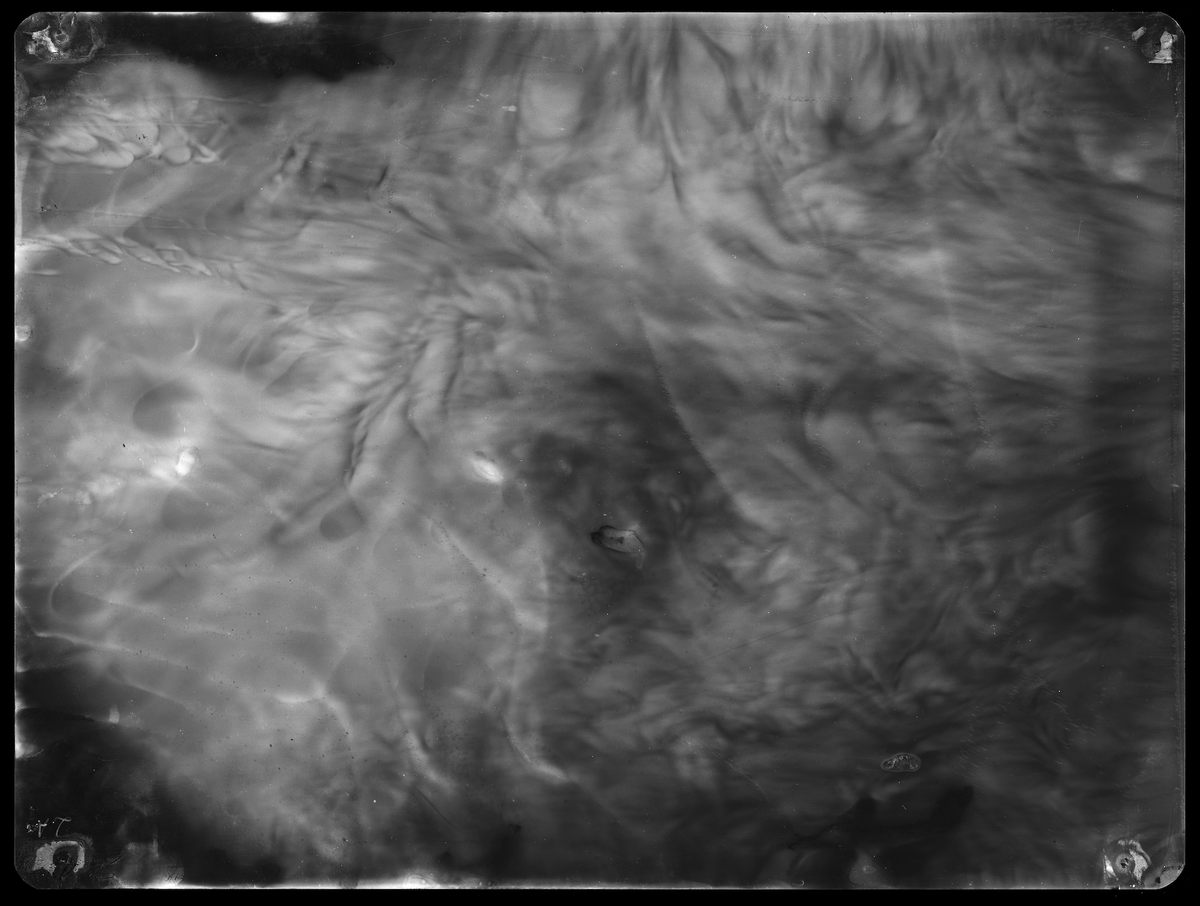

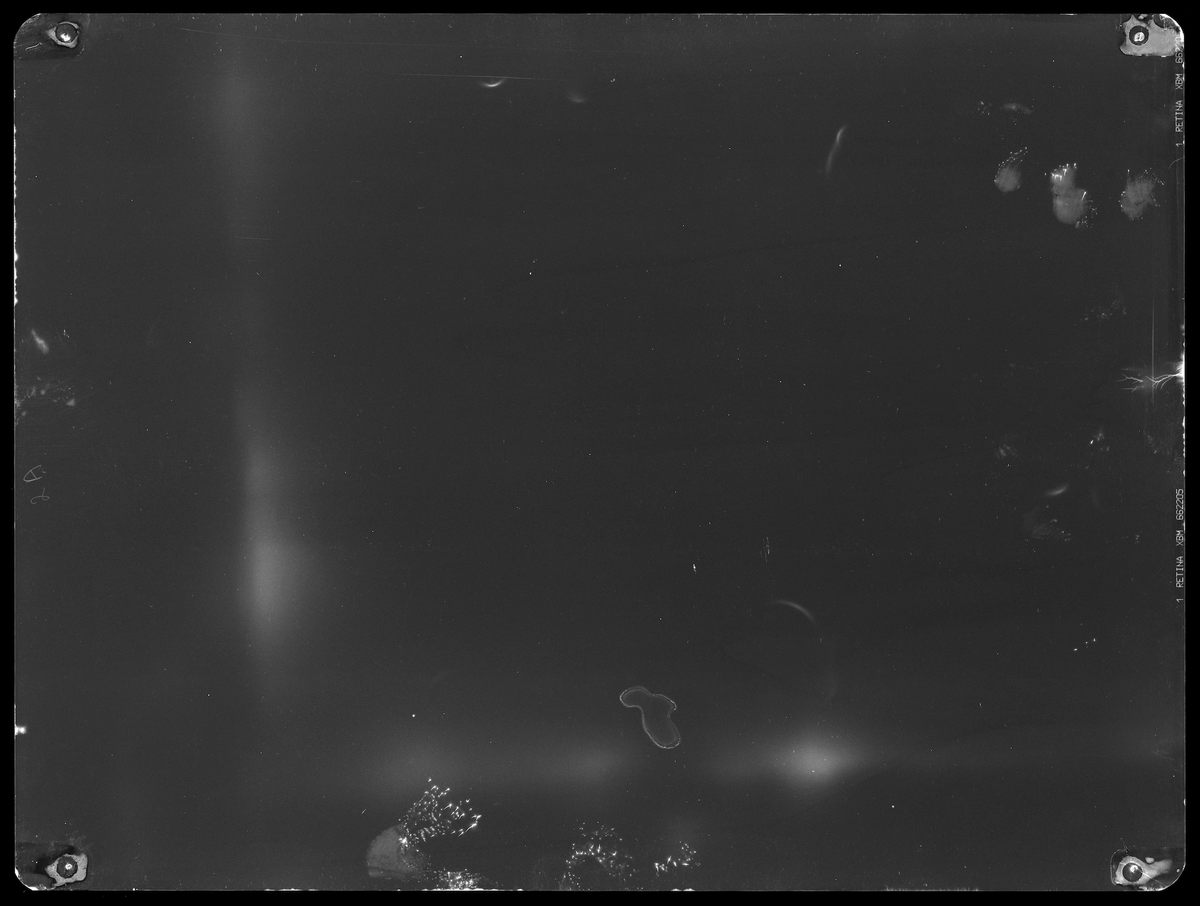
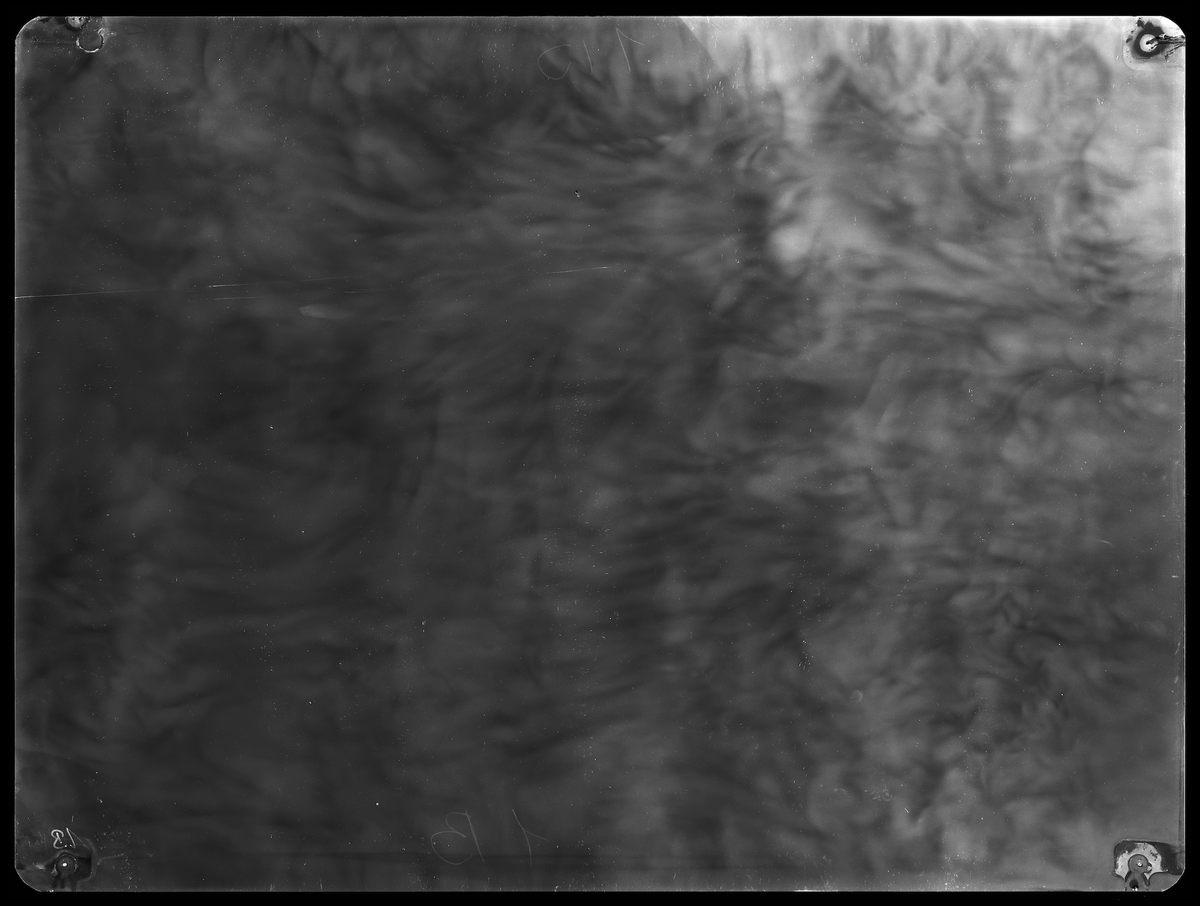
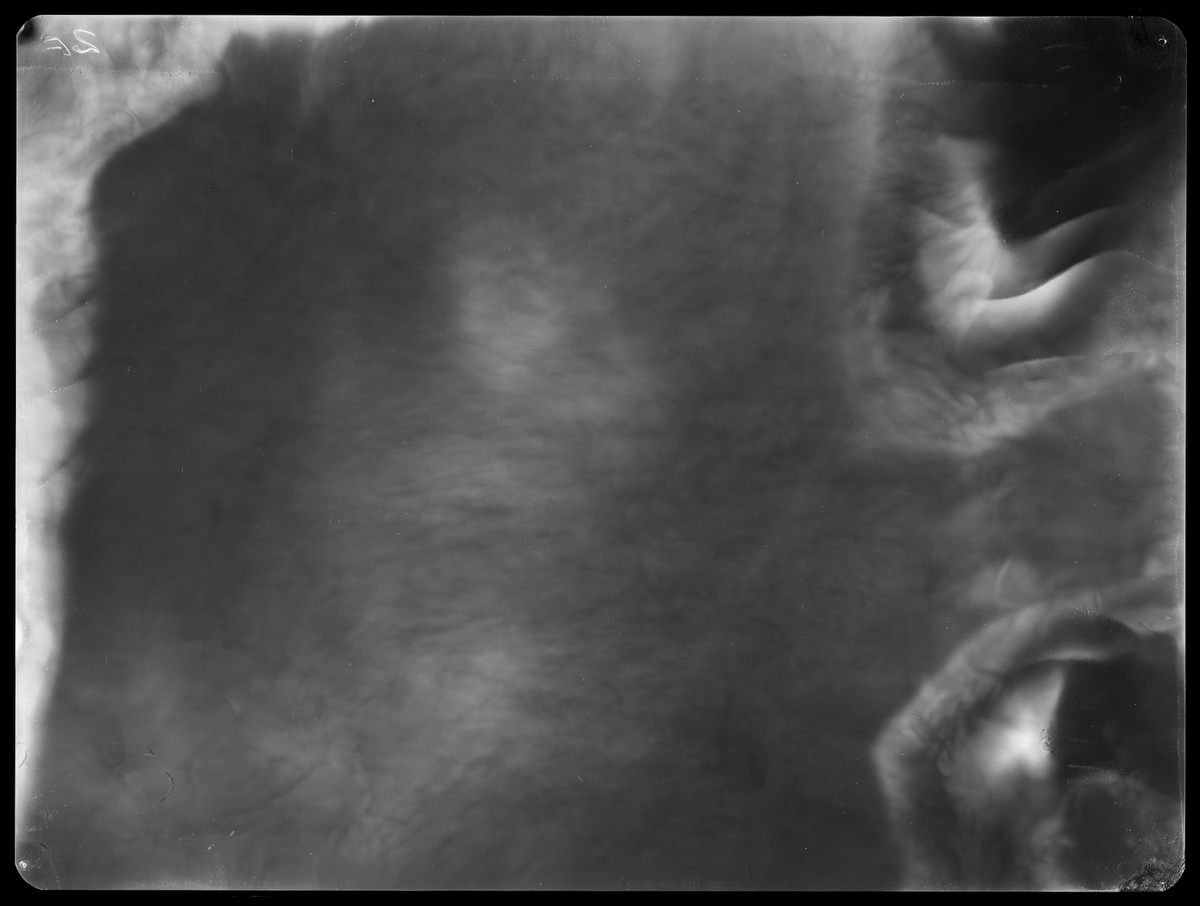





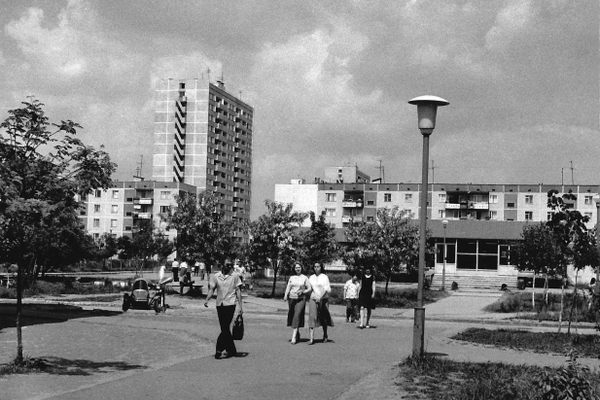



Follow us on Twitter to get the latest on the world's hidden wonders.
Like us on Facebook to get the latest on the world's hidden wonders.
Follow us on Twitter Like us on Facebook